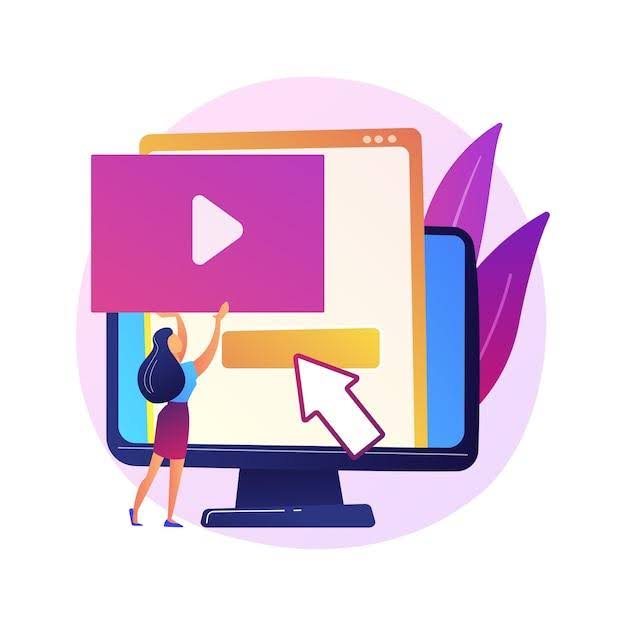Published on: 14 Jul 2021
Reading time: 4 minutes
What if there was one thing that you could do today to dramatically improve your business’ marketing ROI? An intriguing dilemma isn’t it?!
When you are trying to generate leads for your business, having even at least a few landing pages on your website provides you with huge opportunities to turn your website visitors into prospective customers. Here, we’ll explore what is a landing page, its types, how it can benefit your business, and how to make them more powerful to attract more visitors.
What is a Landing Page?
What is a landing page on a website? To put it simply, a landing page is usually a web page that exists apart from your main website.
What is the purpose of a landing page? Well, that would be to convince visitors to take the desired action.
And, what does a landing page mean? The user ‘lands’ on it after clicking through from an email, ad, or marketing promotion and it is very often a follow up to what you have offered and communicated, taking the visitor to the next step towards becoming a customer.
Landing pages offer high conversion rates as compared to a regular webpage on your website, as they receive highly targeted traffic from social media campaign ads, emails, and other digital locations. Landing pages are also sometimes referred to as destination pages or lead-capturing pages.
Why Use A Landing Page?
Having a landing page is a great way to drive traffic, improve your SEO and build your brand. Approximately 68% of B2B businesses use strategic landing pages to generate leads for future conversions, making them an integral part of a digital marketing campaign.
- A landing page puts you in control by allowing you to lead the reader towards a specific action.
- It focuses on specific, short-term goals with high yield results.
- They lead customers to a specific product, service or offer and encourage them to take action.
- It boosts your credibility, showing your customer that you have their best interests in mind, with simple messaging and an element of social proof.
- Landing pages help to reinforce your brand, with a consistent appearance, tone, style, and copy, so that even when visitors don’t convert, they can recall you in the future.
How Does a Landing Page Differ From a Homepage?
These key points of differentiation should clear it out: -
- Landing pages usually have fewer and broader links as compared to a typical homepage, which by definition consists of a lot of links. A well-optimized landing page sometimes only consists of a single link; many a time that would be a CTA to allow the visitors to convert into customers.
- The importance of a landing page lies in its audience and purpose. They cater to a specific stream of traffic that has been attracted because of a single offer or lead magnet. The visitor has already shown interest in what you offer and is more ready to convert.
- Homepages cater to a wide audience and offer a set of options from which visitors can choose. What makes a good landing page is having just one goal, conversion, and everything that goes up there, complements this goal by guiding the customer journey through the next steps.
Types of Landing Pages
1.Lead Generation Landing Page
The primary intent of such a landing page is to collect leads by means of a data capture form. By simultaneously presenting a request and a reward to the visitor, these pages are very often used in the middle of the sales funnel when the customer is on the verge of either converting or walking away.
2.Click-Through Landing Page
Click-through landing pages do not require a form to fill but rather act as a simple middleman between the advertisement and the page it is supposed to direct the visitor to. It contains a short explanation of what the visitor has found in the ad and a bold and unmistakable CTA with a link to the final destination.
3.Sales Page
A sales page is designed to convince people to buy, which requires a touch of delicacy and a complete understanding of your customers’ needs and their position in the sales journey. It needs to contain a detailed pitch that clearly demonstrates the value proposition, with the aim of getting the ‘Buy’ button clicked. It can be considered as one of the most important and difficult landing page examples.
4.Squeeze Page
These landing pages are also used to collect data but their only goal is to gather email addresses to add potential leads to a general mailing list. They contain minimal content, bold headlines, a clear CTA, and a link to take the visitor to the next step as well as an exit option.
In the digitally connected world, we live in, the purpose of a landing page plays a big role in the success of any digital marketing campaign. Including landing pages is a smart move for both you and your customers to reap the benefits. Keep on testing your landing pages and adding new ones to see what works best for your business.
Schedule a demo




